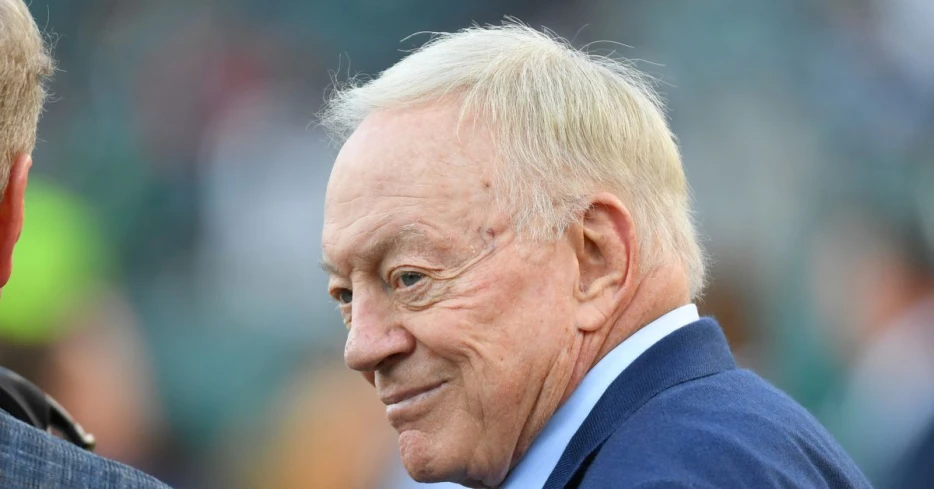
 Blogging The Boys
Blogging The Boys
Dead money is an interesting thing relative to the Cowboys.
We are just a couple of months away from the start of the new season for the Dallas Cowboys when they will test out the latest revision of this retooled football team. This year will feature a new coaching staff as well as several new members, and we are all hoping that the collective sum of their parts will produce better results this time around.
What’s not new, though, is the front office. It’s the same three-headed monster that features owner Jerry Jones, cap specialist Stephen Jones, and talent evaluator extraordinaire Will McClay. With the team under the same upper management they’ve had for many years, some aren’t too optimistic that things will be any different. The Joneses specifically have been the recipients of the blame for this team’s inability to go deep in the playoffs because they are, as people point out, the “one constant” of this organization over their 30-year drought.
There hasn’t been quite as much complaining this year, and that’s because they have been assertive in acquiring outside players and had what most people feel was a good draft. While things have gone relatively well on paper, some still question whether the front office does things the right way, and the biggest questions people have center around spending.
We all know the Cowboys aren’t very active in free agency, so we’re not going to rehash that, but we want to take a look at another element that affects a team’s ability to spend money, and that’s the amount of dead money they’re getting hit with. Do they have a lot of it? Does it hinder their ability to build the roster? Before we dive into that, let’s start by going over what it is.
What is dead money? In layman's terms, dead money is outstanding debt. It’s a charge on a team’s salary cap for a player who is no longer on the roster. This charge comes due when a player is released, traded, or retires before all their remaining guaranteed money (guaranteed base salary, signing bonus, and restructure bonus) has been accounted for. It’s called “dead” money because the team must cover the cost despite no longer receiving services from the player.
But not all dead money is created equal. It’s important to understand how these charges accrue because sometimes it can stem from an unexpected roster move, while other times it was always part of the plan. There are three main things that contribute to dead money charges, and here is a quick explanation of each.
Cutting your losses
Sometimes things don’t work out. If a team gives a player a big contract only to find that they are not living up to expectations, they might be released early. When that happens, any guaranteed money that has yet to be accounted for on the salary cap accelerates into a lump sum payment (or two payments if they’re a June 1st cut) against the cap....